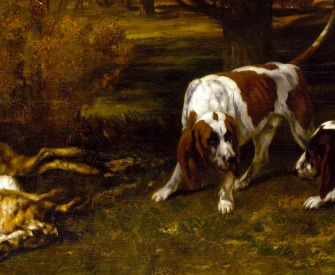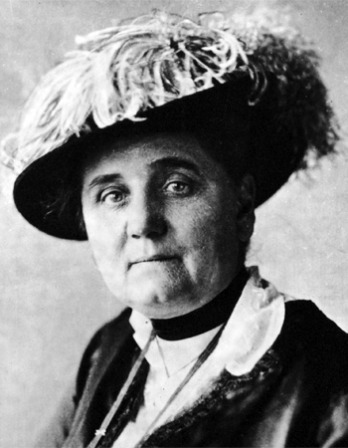On the following morning, we were requested to mount our horses and ride to the king’s kraal. On our arrival, we found him sitting under a tree in the act of decorating himself. He was surrounded by about two hundred people, a servant standing at his side and holding a shield over him to keep the glare of the sun from him. Round his forehead, he wore a turban of otterskin with a feather of a crane erect in front, full two feet long. Earrings of dried sugar cane, carved round the edge with white ends and an inch in diameter, were let into the lobes of the ears, which bad been cut to admit them. From shoulder to shoulder, he wore bunches, three inches in length, of the skins of monkeys and genets, twisted like the tails of these animals and hanging half down the body.
Round the ring on the head were a dozen bunches of the red feathers of the loorie, tastefully tied to thorns which were stuck into the hair. Round his arms were white oxtails, cut down the middle so as to allow the hairs to hang about the arm, to the number of four for each. Round the waist, a petticoat resembling the Highland plaid, made of skins of monkeys and genets, and twisted as before described, having small tassels round the top, the petticoat reaching to the knees, below which were white oxtails to fit round the legs so as to hang to the ankles. He had a white shield with a single black spot and an assagai. While he was thus dressing himself, the natives proceeded, as on the day before, to show droves of cattle, which were still flocking in, and repeatedly varying the scene by dancing and singing. Meanwhile, it became known to us that Shaka had ordered that a man standing near us should be put to death, for what crime we could not learn, but we soon found it to be one of the common occurrences in the course of the day.
Henry Flynn, from an account of his travels. The first leader of the Zulu empire, Shaka relied on military brutality and a complex network of proxy rulers to control 250,000 subjects with 50,000 warriors. In his ten-year reign, two million people died. He was assassinated in 1828 by three eager successors, two of whom were his half-brothers.
Back to Issue




